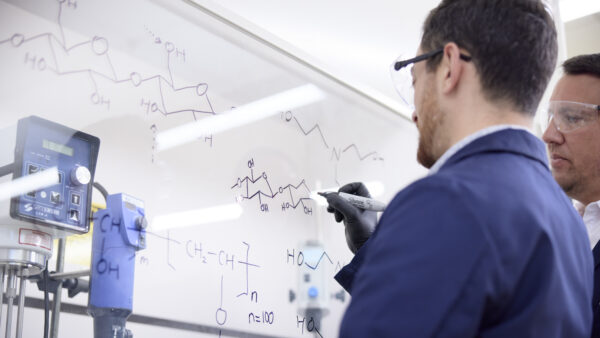Quality planting seed will always be a fundamental requirement for the successful production of the vast array of food, fiber and flower crops that we all enjoy on a daily basis. A sustainable food and fiber supply will remain a high priority and is realized through the dedicated efforts of the seed industry.
Plant breeders, seed producers and distributors continue to develop new varieties and enhance older varieties in order to meet the needs of a growing population and a changing environment. When asked, “What do you think are the biggest challenges for the seed industry?” many options come to mind. But what I feel may be an even more compelling question is, “How can the seed industry address the many challenges that it faces most effectively and efficiently?”
Granted, I will admit to being a bit biased but one of the most effective ways for the seed industry to meet challenges proactively is through membership and participation in state associations such as the California Seed Association and the American Seed Trade Association. The sheer diversity of seed crops and the inherent complexity of seed production make the value of having a united voice an important component to the success of this industry.
California is renowned for producing several hundred different types of seed crops annually. Seed is considered a specialty crop due to the small number of acres of production and requires specialized management from production through distribution. Pest control specific to the crop, environmental conditions and pollinators employed require careful monitoring and up-to-date training. Ensuring proper field inspections, seed conditioning and that proper labeling is affixed on the finished products add a higher degree of complexity to the process. It probably comes as no surprise that seed is one of the most highly regulated commodities, requiring compliance with many state and federal laws.
Whether dealing with phytosanitary issues or trying to obtain pesticide registrations for pest control products, the strength that comes from having a unified industry voice to assist in determining mitigations and providing input to the regulatory community is invaluable. Associations provide a framework for companies to be involved in the decision-making process, providing an equal voice for each member regardless of their relative size. Shared expertise becomes a benefit to the entire industry and helps us avoid reinventing the wheel.
Having access to registered pest control products that meet the needs of such a diversity of uses ranks high on the list of challenges faced by seed producers and handlers. Pesticide product registrations are very specific to a crop and require thorough justification to the regulatory agencies for use as well as application method. CSA successfully represents the California seed industry by serving as a third-party registrant on several registrations and supporting other first-party registrations allowing for some uses that might not otherwise be available to the industry. Serving as a voice for the seed industry has given CSA a credible voice that is heard and well respected on the issues that are of importance to its members.
An excellent example of the value of collaboration was evident at the joint meeting of the ASTA and CSA in late January 2011 in Huntington Beach, Calif. The committee agenda topics were developed as a result of this collaborative approach to finding solutions to daily challenges. Professionals with expertise from all sectors of the industry came together at this meeting to identify the current and future needs of the seed industry.
Through the dedicated efforts of seed associations, the seed industry has successfully overcome many obstacles over the years. We can look forward to a future of working together to address the needs of the seed industry in our challenge to produce and distribute seed for a sustainable food, fiber and flower supply for all.
Betsy K. Peterson, director of technical services,
California Seed Association












